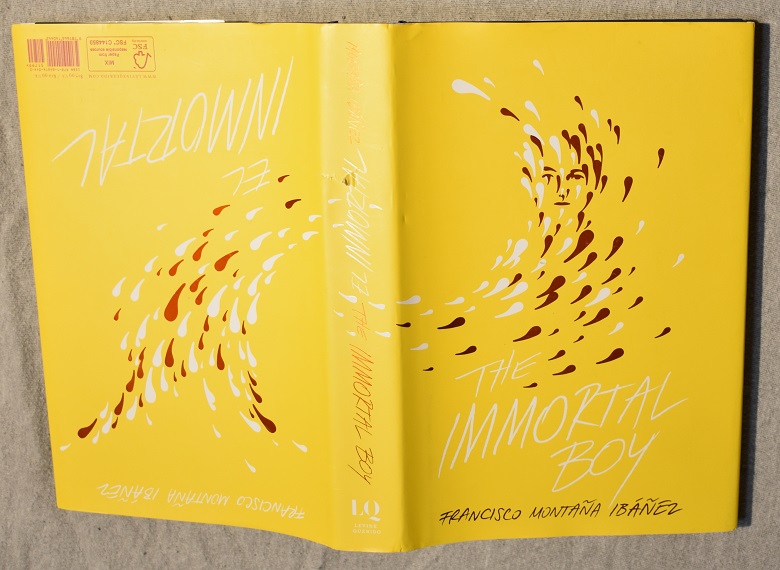The Immortal Boy by Francisco Montana Ibanez, translated by David Bowles.
Levine Querido, New York, 2021.
Billingual fiction, 154 pages English, 154 pages Spanish.
Not yet leveled.
Two stories in Bogota, Colombia: five siblings try to stay together in their father’s absence, and a girl left in an orphanage follows a child called The Immortal Boy.

After rejecting the overwhelming stereotypes of Villoro’s The Wild Book, I was still searching for a Latine youth fantasy novel in translation. I respect David Bowles and had seen this mentioned without a clear age range, so hoped it would work for my diverse MG fantasy booklists.
Alas, it would be a stretch to consider this MG, although it may be suitable for individual readers. The Immortal Boy is disturbing and morbid… but still good? A difficult book to put down and also an emotionally challenging read. The story is one of nearly unrelenting misery, yet paradoxically beautifully written.
Continue reading “Review: The Immortal Boy”




